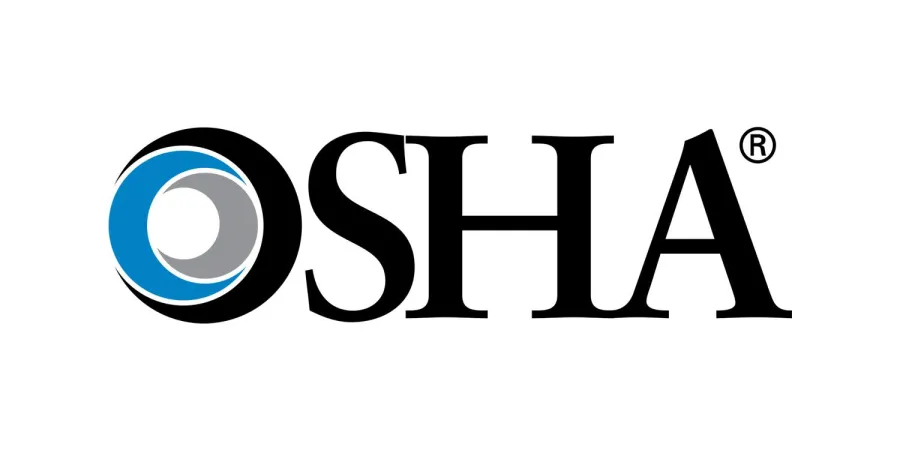53 years of OSHA – Why a strong OSHA matters!

Since the creation of OSHA, workplace fatalities have decreased by 60 percent, and illness and injury by 40 percent. This article outlines why a strong OSHA is important for worker safety and health.
The Occupational Safety and Health Administration (OSHA) is over 53 years old. The start of the new year, and with it a new presidential administration, is an important time to reflect on why a strong worker safety and health enforcement agency matters for everyone.
A brief history of OSHA
Before OSHA’s creation, workplace safety was either ungoverned or governed by state laws, with no federal agency dedicated to protecting worker health and safety. Key moments leading up to OSHA’s creation include:
- Early labor movements: In the late 19th and early 20th centuries, the labor movement in the United States began advocating for better working conditions, including safer environments, reasonable working hours and fair wages.
- The Industrial Revolution: As factories and large industries expanded in the late 1800s and early 1900s, workplace injuries and fatalities became more common. However, there were few regulations or protections for workers at the time.
- Increased awareness in the 1960s: By the 1960s, there was mounting public concern about industrial hazards, including high-profile incidents like the 1968 explosion at a Texas City refinery and growing awareness of environmental health issues. There was increasing pressure on the federal government to address these dangers.
- OSHA’s creation in the 1970s: A significant turning point occurred with the passing of the Occupational Safety and Health (OSH) Act of 1970. This law created OSHA.
Labor unions, worker advocacy groups and many activists led the fight for OSHA. OSHA was ultimately established in the U.S. in response to growing concerns about worker safety and health.
Why is OSHA important?
OSHA is intended to create a safer, healthier work environment, reduce workplace injuries and fatalities, and empower workers. OSHA is one tool used by workers and unions to make workplaces safer.
- OSHA protects worker health and safety and saves lives.
In the last 53 years, OSHA has helped significantly reduce work-related injuries and fatalities through enforcement of safety standards and regulations. Before OSHA’s creation, workplace injuries and fatalities were much more common. Since the creation of OSHA, workplace fatalities have decreased by 60 percent and illness and injury by 40 percent.¹ - OSHA ensures fair and equal protection for workers.
OSHA helps ensure that covered workers from all backgrounds have equal protection under the law. Without strong enforcement, vulnerable populations, like low-wage workers or those in high-risk industries, could be more easily exploited. - OSHA empowers workers.
A strong OSHA empowers workers by granting the legal right to report unsafe conditions without fear of retaliation. It ensures that workers have access to effective training and that they are involved in the creation of a safer work environment. - OSHA promotes public and environmental health.
Workplace safety and health extends beyond workers. Workplace hazards can also affect the broader community and environment. A strong OSHA ensures that employers adhere to environmental health regulations, reducing pollution, chemical spills and other harmful exposures that could negatively affect the public.
Unions impact on OSHA
Unions are important for OSHA in several ways. Unions play a critical role in enhancing the effectiveness of OSHA’s mission, ensuring that workplace safety regulations are followed, and advocating for stronger protections for workers. Here’s how unions support and contribute to OSHA's goals.
- Advocacy for stronger safety standards: Unions are instrumental in advocating for stronger workplace safety regulations and policies that benefit workers. Unions are often involved in lobbying efforts for changes to OSHA regulations, pushing for improvements in worker safety laws and expanding OSHA’s powers to protect workers. They were a driving force behind the creation of OSHA itself.
- Ensuring enforcement of safety standards: Unions help enforce OSHA standards in the workplace. Many union workers serve as safety stewards or safety representatives who monitor conditions, identify safety hazards and ensure that employers comply with OSHA regulations. Unions can hold employers accountable by pushing for inspections and enforcing corrective actions when hazards are identified. If a worker files a complaint about unsafe conditions, unions can provide legal and technical support, making sure that OSHA responds appropriately and promptly.
- Whistleblower protection: One of OSHA’s key functions is protecting workers who report unsafe conditions from retaliation. Unions protect workers from retaliation by supporting their rights and standing up for them if an employer retaliates against them.
- Worker education and training: Unions often play a central role in educating their members about OSHA standards, their rights under OSHA, and how to recognize and avoid workplace hazards. This training empowers workers to identify risks, report problems and demand improvements.
In the end, OSHA’s core mission is to ensure that employers provide a workplace free from recognized hazards that can cause injury, illness or death. A strong OSHA is one vital tool for maintaining progress in reducing workplace hazards and improving quality of life for workers across the nation.